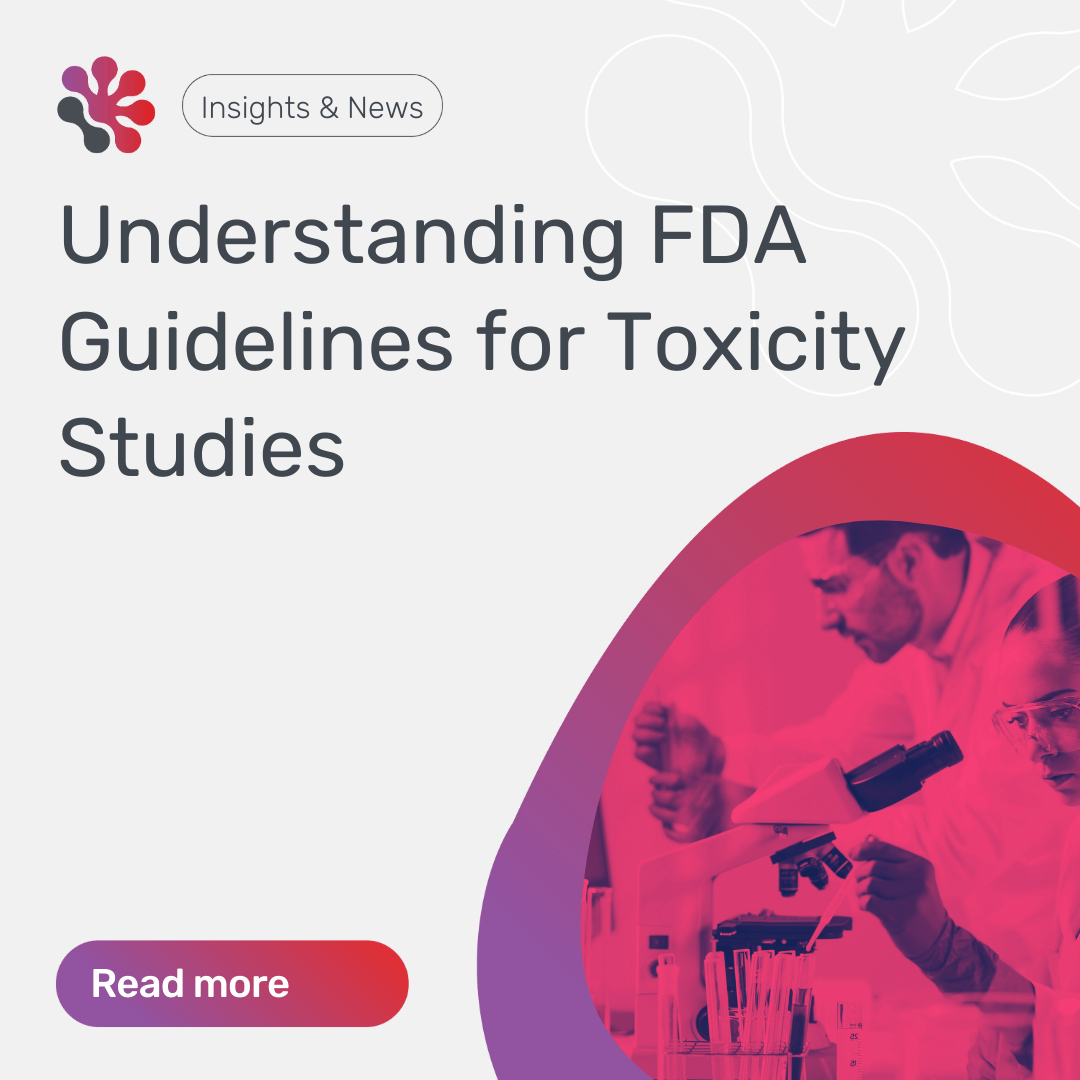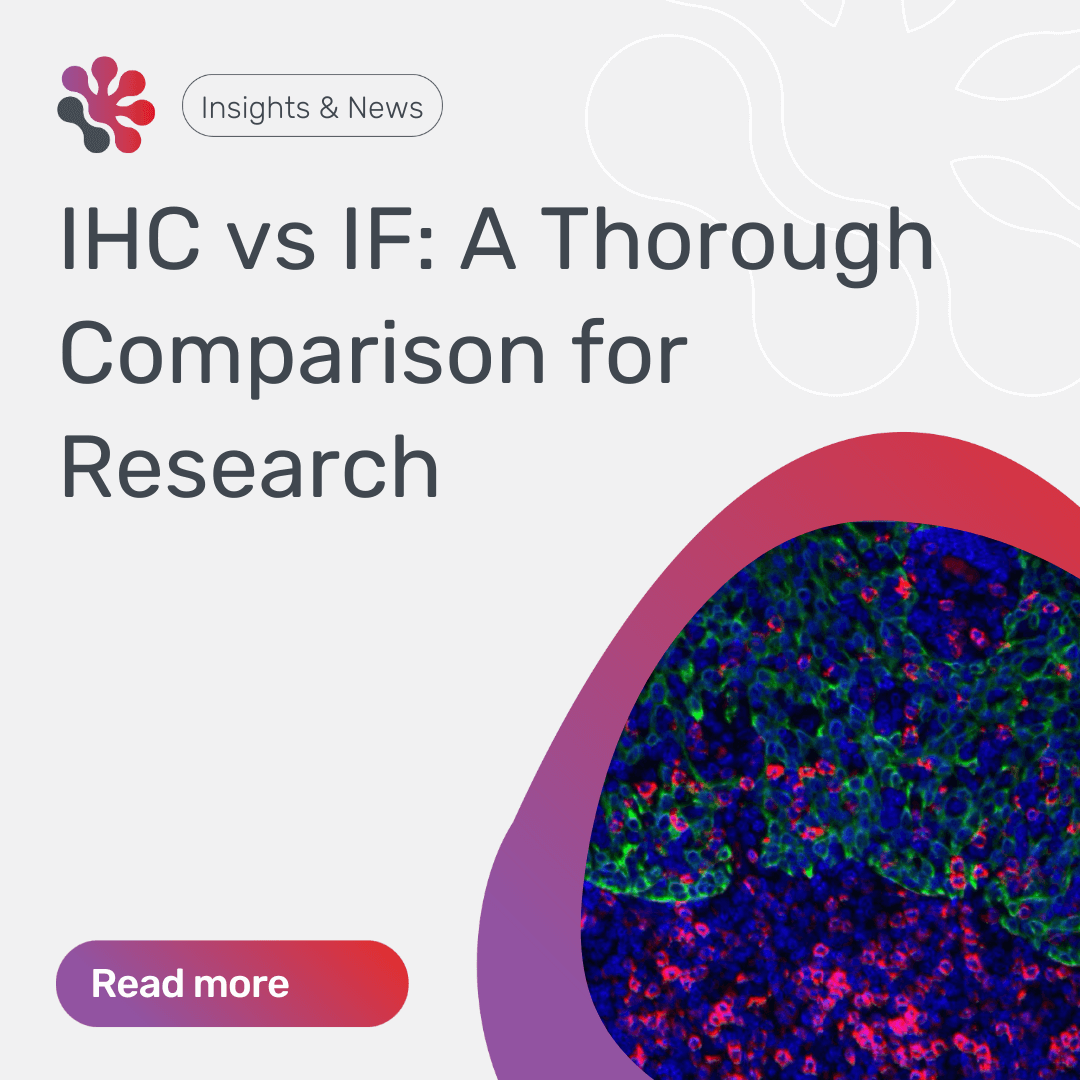In the complex journey of drug development, toxicology studies play an indispensable role. They provide vital insights into the safety profile of novel drug candidates and form a key component of regulatory submissions to bodies like the U.S. Food and Drug Administration (FDA). This blog post intends to explore the realm of toxicology studies in drug development and demystify the FDA guidelines that govern these studies helping you to understand the FDA guidelines for toxicity studies.
The Importance of Toxicology Studies in Drug Development:
Toxicology studies hold a prominent place in drug development. These studies are designed to evaluate the safety and potential risks associated with a new drug candidate. They aim to establish the dose-response relationship of a drug, a critical factor in defining its therapeutic window. In simple terms, toxicology studies seek to understand how the drug behaves in the body, its potential adverse effects, and the safe dosage range for use. Thus, these studies are not merely a regulatory mandate, but they also contribute significantly to ethical drug development and patient safety.
Deciphering FDA Guidelines for Toxicity Studies:
In the realm of regulatory compliance, FDA guidelines serve as a guiding light for conducting toxicity studies. These guidelines offer a detailed framework for carrying out toxicology studies, covering aspects such as study design, selection of animal models, dosage selection, and data interpretation. A primary objective of these guidelines is to ensure the production of reliable, high-quality data supporting the safety assessment of novel drugs.
For instance, the FDA advises a tiered strategy for toxicity testing, beginning with in vitro tests and progressing to in vivo studies. This strategy not only advocates an ethical approach but also ensures that potential adverse effects are identified early in the drug development process.
Furthermore, the FDA guidelines stress the importance of robust statistical analysis in toxicity studies. The data derived from these studies should be scientifically valid, reproducible, and sufficient for risk assessment.
The Role of GLP in Toxicology Studies:
Good Laboratory Practice (GLP) principles serve as a cornerstone for conducting reliable, credible, and high-quality toxicology studies. GLP is a set of guidelines designed to ensure the integrity and reliability of non-clinical safety data. In toxicology studies, adherence to GLP principles is paramount, as it ensures that the study design, conduct, and data recording are uniform and traceable. Importantly, regulatory bodies like the FDA mandate GLP compliance for toxicity studies as part of the drug approval process. As such, understanding and implementing GLP in toxicology studies is crucial for anyone engaged in drug development.
For more insights into GLP and its role in toxicology studies, we invite you to read our comprehensive blog post on this topic.
Understanding Toxicology Studies with HistologiX:
We understand that navigating the intricacies of toxicology studies and FDA guidelines can be daunting. We can assist in the detailed histopathological analysis of tissue samples obtained from toxicity studies, providing crucial insights into the potential effects of drug candidates at the microscopic level.
Toxicology studies are fundamental to drug safety assessment, and compliance with FDA guidelines ensures regulatory approval and robust data generation. As the field of drug development continues to evolve, the importance of toxicology studies and understanding FDA guidelines is increasingly apparent.
At HistologiX, we pride ourselves on offering a holistic approach to drug development, which includes detailed pathology reviews of H&E slides. These reviews, conducted by our certified Veterinary and Medical Pathologists, enable us to understand the microscopic impacts of drug candidates.
Our pathologists are not only experts in their fields, but they’re also familiar with regulatory standards, which is key for your safety evaluations. Their insights contribute to the robustness of your toxicology studies and the overall success of your drug development initiatives. With HistologiX by your side, you can navigate drug development with confidence, prioritising both patient safety and regulatory compliance. You can learn more about how we can help you here or get in touch with one of our scientists today!
The FDA advises a tiered strategy for toxicity testing, starting with in vitro tests and progressing to in vivo studies. This approach ensures potential adverse effects are identified early and promotes an ethical approach to drug testing. You can learn more about the FDA specific requirements here.
FDA guidelines provide a detailed framework for conducting toxicology studies, including aspects like study design, selection of animal models, dosage selection, and data interpretation. They are designed to ensure the production of reliable and high-quality data that can support the safety assessment of new drugs.
GLP toxicology studies refer to the toxicological tests conducted according to Good Laboratory Practice (GLP) principles. These are a set of guidelines designed to ensure the quality, consistency, and reliability of non-clinical safety tests, from their inception to the recording and reporting of results. These studies are crucial for understanding the potential safety concerns of new therapeutic agents before they are tested on humans.
GLP and FDA guidelines work hand-in-hand to ensure the safety of new drugs. Regulatory bodies like the FDA mandate GLP compliance for toxicity studies as part of the drug approval process. Hence, understanding and implementing both is crucial for drug development.
HistologiX offers top-notch and reliable toxicology assessments, with patient safety always being our top priority. We cover everything from efficacy and pharmacodynamics (PD), to pharmacokinetics (PK) and dose escalation studies. Our team of skilled scientists can handle both standard and specialized toxicity study sample assessments, adhering to GLP standards to ensure the highest quality and reliability of your studies. By partnering with us, you not only enhance the quality of your studies but also accelerate your drug development journey. Whether for research, clinical trials, or diagnosis, HistologiX ensures high-quality, reliable histology results. Learn more here.
Meet the Team

Laura Hubbard BSc
Laura is the Operations Manager at HistologiX. With a background in the pharmaceutical manufacturing sector, Laura is now applying her extensive project, resource and personnel management experience to overseeing the successful execution of contracted studies at HistologiX.
Laura began her scientific career completing various academic research projects across multiple institutions, with a regenerative medicine focus. She then transitioned to the pharmaceutical industry, working as a Process & Production Engineer specialising in medical devices. Laura has a 1st Class degree in Animal Science and Computer Science from the University of Nottingham.





